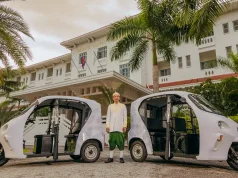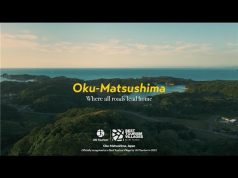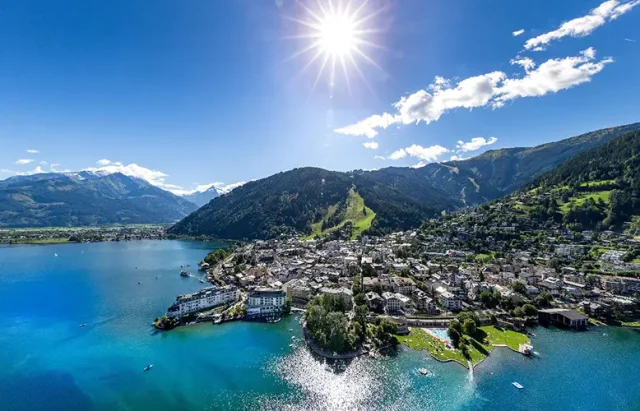
Explore the innovative initiatives made by UN Tourism’s Best Tourism Villages as they embark on a journey towards sustainability. Recognized for their commitment to waste reduction and emission minimization, these villages showcase how rural communities adopt eco-friendly measures to boost efficiency and preserve their environment and cultural heritage. From Rwanda’s Nkotsi to Portugal’s Sortelha, each village unveils unique initiatives designed to mitigate environmental impact while promoting economic growth and community welfare.

Nkosi, a quaint village nestled in southwest Musanze, Rwanda, is part of Volcanoes National Park, a UNESCO Biosphere Reserve, housing 30% of the global mountain gorilla population. To facilitate sustainable community development, Nkotsi engages locals in programs focusing on environmental conservation. To combat plastic pollution, The Igihoho Project was established to reduce plastic bag usage, offering eco-friendly seed bags made from banana bark crafted by local women. Since its inception, over 15,000 bags have been made, and more than 70% have been sold to nursery bed businesses in the region.
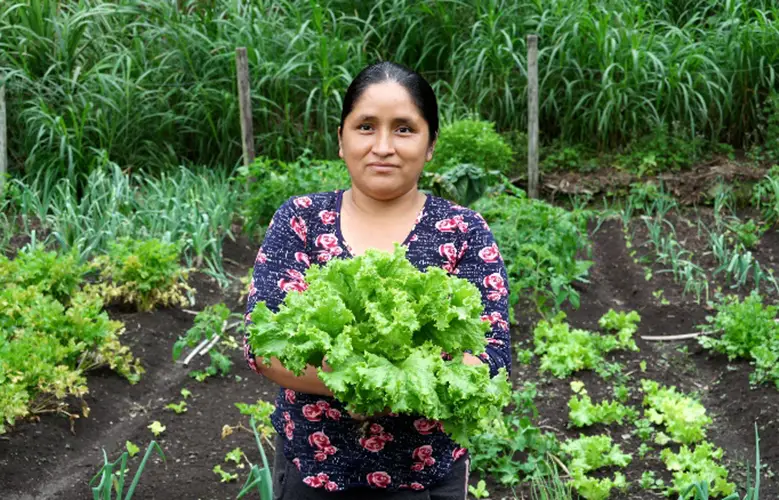
Pozuzo, Peru, is within the Selva Central tourist route, one of six destinations known for nature and biodiversity. As part of the “Sustainable Pozuzo 2023” program with the local government and universities, Pozuzo works to protect water sources, preserve fauna and flora species and safeguard biological corridors. Through eco-friendly practices such as utilizing biodegradable packaging, prioritizing local products, and repurposing organic waste, Pozuzo promotes sustainable tourism while harnessing renewable energies for street lighting.
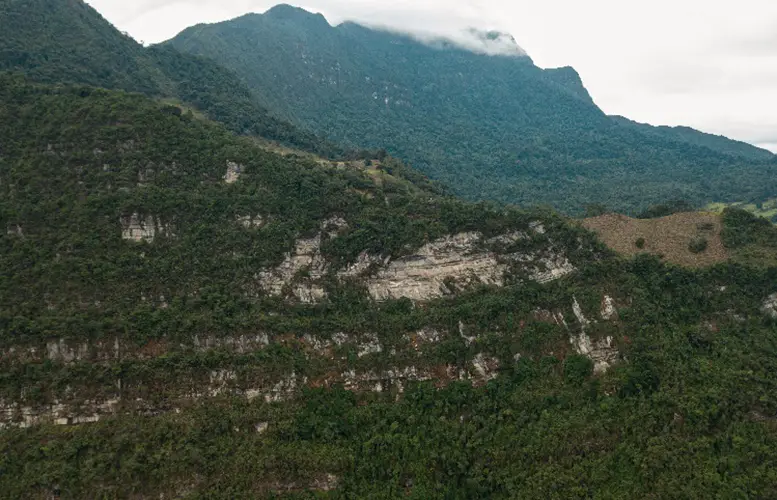
Choachí, a municipality of Colombia, is located 39km from the country’s capital and has developed tourism by valuing its natural, cultural and gastronomic wealth. In partnership with the private recycling company Bancalimentos, Choachí has launched an initiative encouraging community members to exchange their household waste for food, such as plastics, cardboard, and other recyclable items.

Situated alongside the serene Slurnjčica and Korana rivers, Slunj prioritizes environmental sustainability through practices aimed at minimizing tourism’s negative impacts, preserving protected landscapes, and investing in infrastructure. Projects such as “Drop the plastic, make a difference” highlight the town’s commitment to reducing plastic use and encouraging sustainable practices. Additionally, The Waste Management Plan, smart city initiatives, and Natura 2000 protection further emphasize Slunj’s dedication to minimizing its ecological footprint and preserving its natural beauty.

Zell am See, a picturesque lakeside village in Austria, has implemented 11 measures to support sustainability in the region through a program called Klima und Energie Modell Region (KEM). This has reduced carbon dioxide emissions, a new sustainable mode of transport, micro-mobility, and decreased traffic levels. Also, to support the accommodation providers in becoming certified with the European Eco-Label, the village focuses on waste reduction, more solar panels, food production, and supporting local businesses and the community.

One of Portugal’s best-preserved villages, Sortelha, demonstrates a strong commitment to sustainability through its energy pilot initiative. It aims to optimize energy efficiency to reduce its carbon footprint, positioning the village as a pioneer in eco-friendly solutions. Its €3M investment in a tourist resort aligns with sustainability principles. From utilizing local raw materials to supporting traditional construction methods, Sortelha’s efforts embody a commitment to responsible tourism and a greener, more sustainable future.



